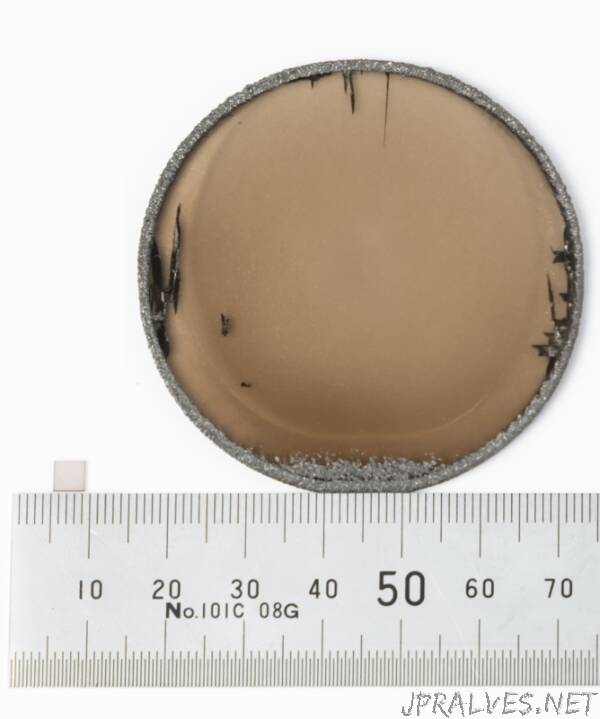
“Adamant Namiki Precision Jewelery Co., Ltd. (Adachi-ku, Tokyo, President Ryako Namiki) has developed a mass production technology for ultra-high purity diamond wafers with a diameter of 2 inches. Quantum memory * 2 used in quantum computers * 1 and ultra-high-sensitivity magnetic sensors use ultra-high-purity diamonds with a nitrogen concentration of 3 ppb or less (ppb = 1 billion percent), and development is accelerating. Until then, usable diamond crystals were only about 4 mm square. This time, we have developed a diamond wafer with ultra-high purity and a diameter of 2 inches (about 55 mm). It is expected that it will lead to the realization of quantum computers in the future. This product is scheduled to be commercialized in 2023.
In 2021, Adamant Namiki Precision Jewelery Co., Ltd. developed a high-quality diamond wafer (trade name: KENZAN Diamond ™) with a diameter of 2 inches using a unique step flow growth method * 3 in collaboration with Saga University. We issued a press release * 4 on September 9th . In this diamond crystal growth technology, nitrogen gas had to be used to obtain a high growth rate, so nitrogen impurities with a concentration of several ppm were mixed into the diamond crystal and could not be used in a quantum computer.
On the other hand, commercially available ultra-high-purity diamonds with a nitrogen concentration of 3 ppb or less have dimensions of only 4 mm square, and even if they could be used for research, they could not be used practically.
Therefore, Adamant Namiki Precision Jewelery Co., Ltd. has developed a mass production technology for ultra-high-purity diamond wafers with a diameter of 2 inches by suppressing the mixing of nitrogen as much as possible through crystal growth. Quantum memory using diamonds can record ultra-high density data, and one diamond wafer with a diameter of 2 inches can store data equivalent to 1 billion Blue-Ray discs. This is equivalent to the total amount of mobile data distributed worldwide in one day, and fits on one diamond wafer.
In the future, we will establish peripheral technologies and commercialize them in 2023.”
